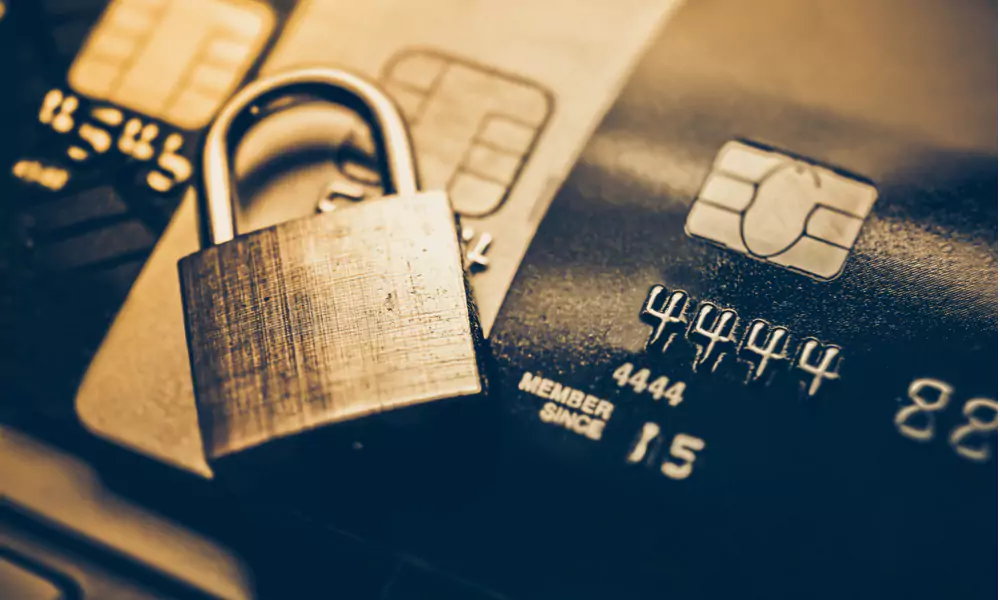Accepting payments online and dealing with fraud are nearly synonymous. There will likely always be some fraud associated with website payment processing, but there are ways you can be proactive in the fight against online payments fraud and productively respond to it. Read on for more tips on protecting your brand and your business against internet fraudsters.
Understanding how online payments fraud happens
Unauthorized transactions occur when someone uses a payment method—be it a credit, debit or prepaid card or even an ACH transfer, think check,—without the owner’s consent. Fraudsters access this information by hacking into payments systems, sometimes needing as little as the card account number to successfully place an online order with that card. Often the fraudsters are able to also capture the billing address, expiration date and CVV code, which many websites and issuing banks require for authorization of a purchase. Naturally, the less information you require to process a transaction, the more vulnerable your systems are to fraudulent card data use. Require verification from the purchaser that the transaction is legitimate, however you can.
Arming your business against fraud
Fighting payments fraud online may seem like an uphill battle, but there are measures your business can take to help lessen your fraud risk. Some ways you can arm your business from fraudsters are:
- Make a point to stay on top of the latest fraud trends, perhaps by subscribing to an industry email newsletter that sends out regular updates.
- Partner with a verified, secure credit card processor.
- Consider what basic fraud detection, interruption and monitoring services you might need, including more advanced fraud detection needs based on your business, e.g. geo-location identification etc.
- Encrypt transactions and email communications that may contain sensitive data.
- Require your employees to regularly change their tokens and system log-in credentials.
- Require your customers to log into a secure account on your website before making a purchase.
Keeping a lookout for potential fraud
The best way to reduce your fraudulent transaction count is to recognize fraud before it even makes it through your payment systems. Here are some data points to check that could indicate fraud:
- The billing country and the IP (internet protocol) country do not match.
- The purchaser has used a proxy to obscure his or her location, so you can’t check the IP location.
- The shipping address and billing address do not match, especially if they’re very far apart geographically.
- The IP location is in an identified high-risk fraud country. Your processor should be able to help.
- The purchaser has an email address from a free email provider, such as Gmail or Yahoo.
- The purchase is an unusually high transaction amount for goods or services from your company.
- The same purchaser has made multiple purchases from you over an unusually short period of time, or has made several denied attempts at transactions over a short time period.
No one characteristic above indicates fraud but, in combination, a transaction with a few of these characteristics may be fraudulent.
Make sure you and your employees keep up with the latest fraud trends, so you can arm your business and systems against them. Watch out for key indicators of potential fraud, so you can set up your system to flag them before the transaction processes. Use these tips to secure your business from fraud, maintain your reputation and keep your customers coming back, again and again.


